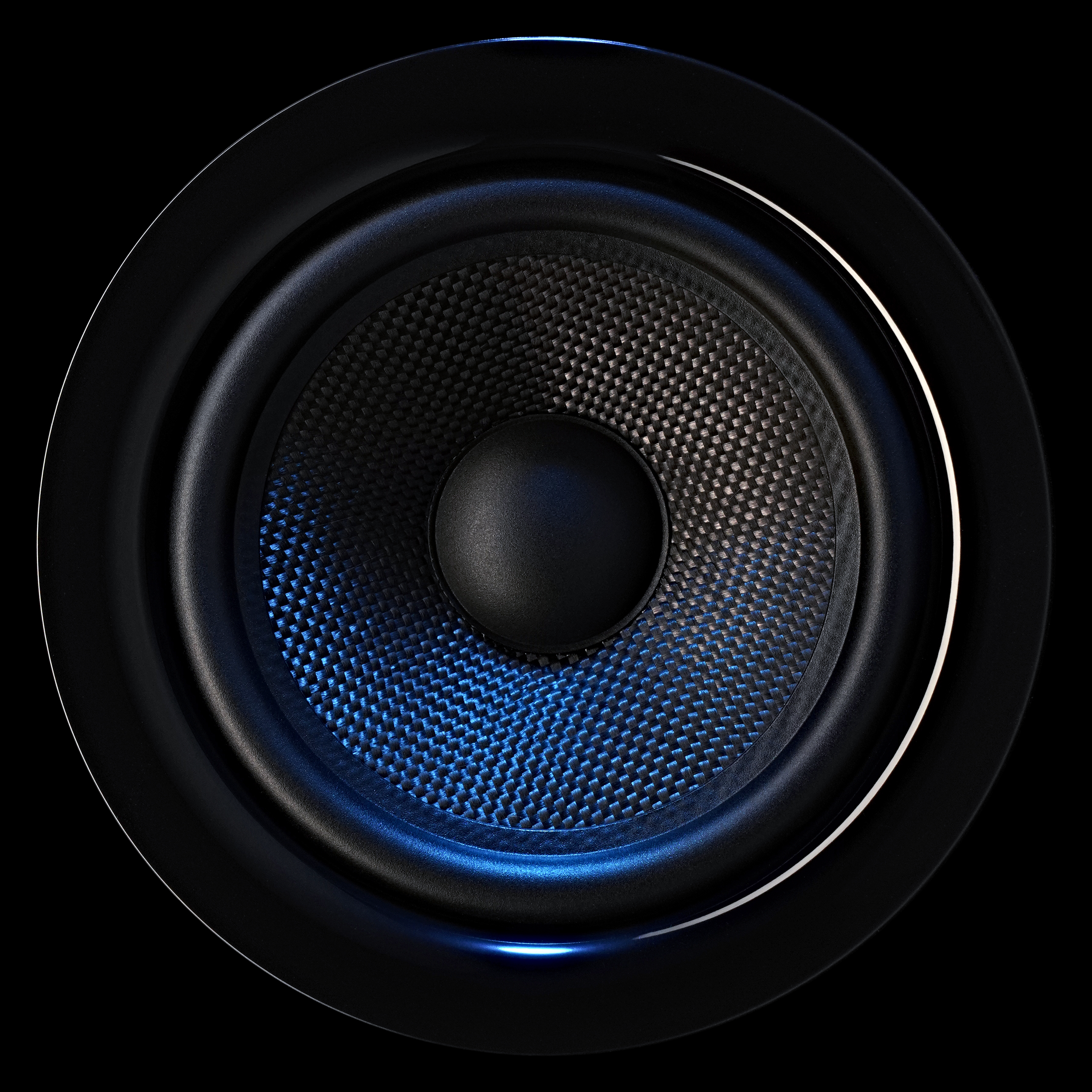Headphones are an excellent middle ground between speakers and in-ear monitors. There are pros and cons, which are listed below.
Pros:
- More detail than can currently be achieved from a sound system of comparable price due to the lack of room interaction.
- Higher price-to-performance ratio than speakers: A few thousand dollars will give you world-class sound.
- Much easier than IEMS to try before you buy
- Less likely to damage hearing than IEMS
- Sound can be enjoyed in a much wider variety of spaces than speakers
Cons:
- Imaging can never sound as three-dimensional as speakers due to the lack of crosstalk
- Bass is not tactile
- Sound is still largely in your head, rather than in front of you
- Must have something on your head to listen
Headphones, like speakers, should be auditioned before purchase whenever possible, because there is almost no consensus in terms of what headphone is best. The only person who knows what is best is you. Perhaps the only headphone I have heard of that has universal consensus as one of the absolute best is the Sennheiser HE-1, which costs…$59,000. In order to narrow down the list of headphones to choose from, I have found that frequency response graphs can tell you a lot more about headphones than speakers when it comes to whether you will like it or not.
Tuning: The Foundation
A headphone can have the best imaging, detail, and soundstage, but if the tuning is not to your liking, you won’t like it. Think of tuning as the foundation of the headphone. A frequency response graph won’t tell you about the rest of the headphone, but it will certainly tell you what kind of sound to expect. Tuning is important because it is the underlying sound that blankets every single track you listen to. If the tuning is such that the bass is light, you will always be missing out on bass no matter what track you listen to.
What makes a well-tuned headphone? Almost always, it is some close variation of the Harman curve. The Harman curve was specifically designed to mimic listener preferences, and additionally, closely (not exactly) mimics the flatness of a speaker. Unlike speakers where a flat frequency response is considered ideal, headphones with a flat frequency response do not sound good due to the different interactions between the drivers and your ears compared to normal stereo listening. For those who are interested in learning more, these interactions are called Head-Related-Transfer-Functions, or HRTFs. For the headphone to sound flat, the frequency response should not be flat.
Below are some examples of different variations of the Harman Target. Notice the elevation above 1kHz. This is required for headphones to mimic the way speakers interact with your ears in a room.

A good place to start is to find a target curve where you have heard similar and liked. If you liked the tuning on a previous device, then you know what to look for going forward. If you don’t know what target curve you like, assume you will like the Harman curve or some close variation of it. A simple web search will bring up many frequency response graphs for various headphones. There are some that aren’t measured, but this isn’t particularly common.
Get the tuning right first, and then worry about the technicalities. Your overall experience and ability to enjoy what the headphone has to offer will be much better if you find something that is tuned to your preferences. My current headphone system is 20X more expensive than the daily driver earbuds that I use. However, I find that sometimes the earbuds are more enjoyable because they are tuned in a way that is so easy to listen to. The headphones are better in every technical aspect by a mile, but the treble is harsh and overdone. I decided to take the good with the bad on the headphones, which is why I bought them, but the earbuds consistently allow me to listen for hours without analyzing every track, because the tuning is excellent. Nothing jumps out at you as off, it just plays the music in an enjoyable way.
